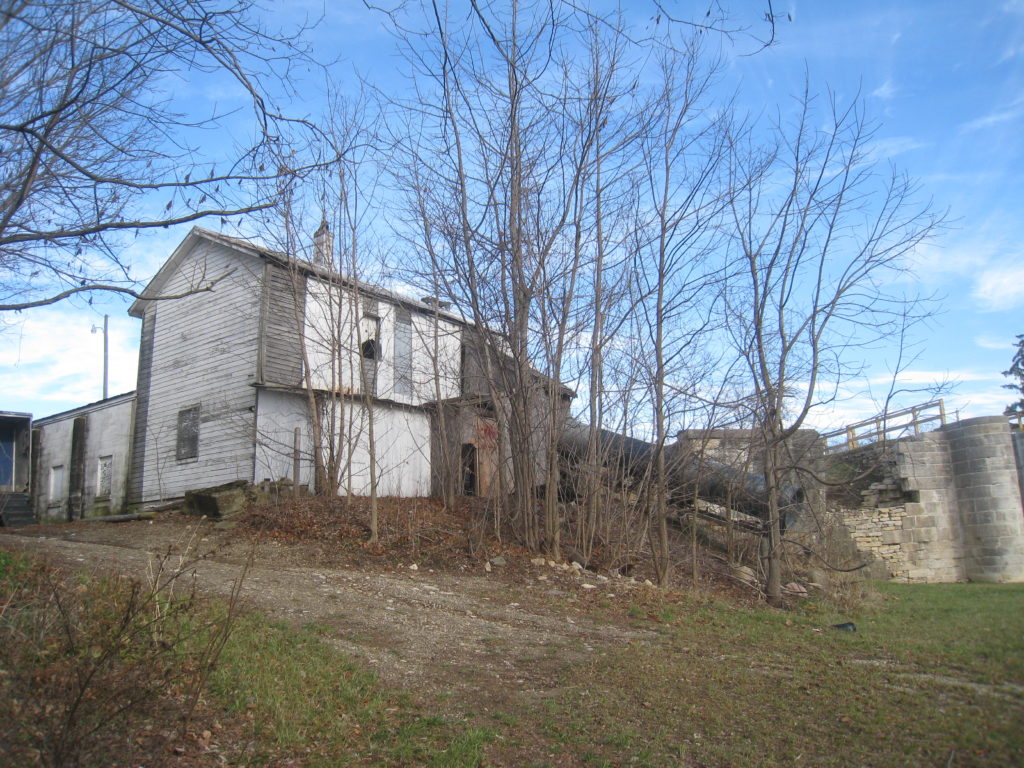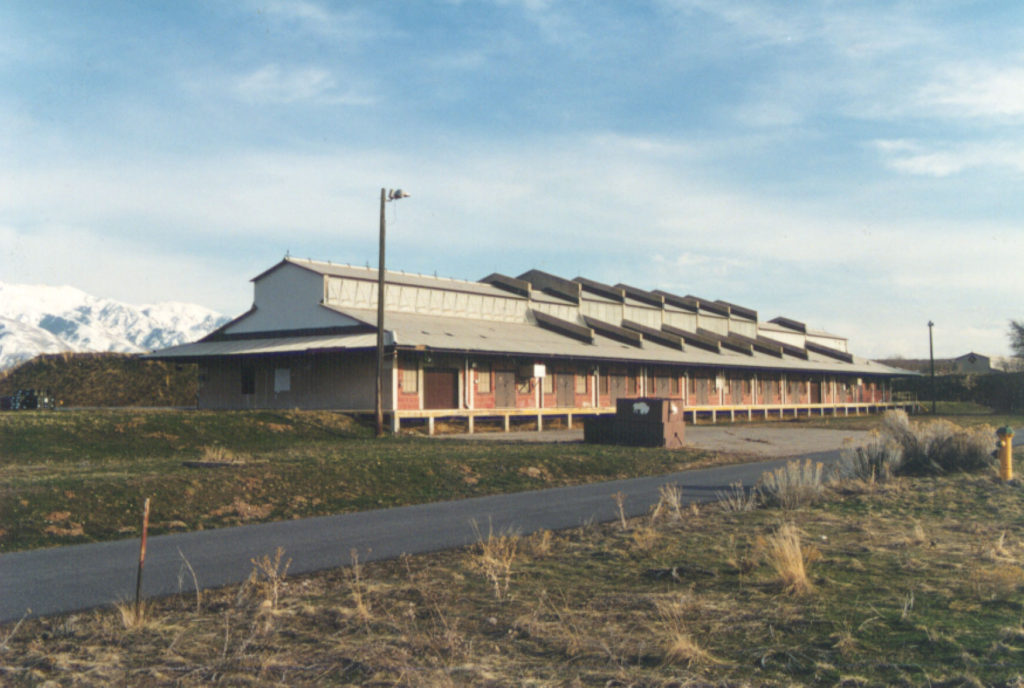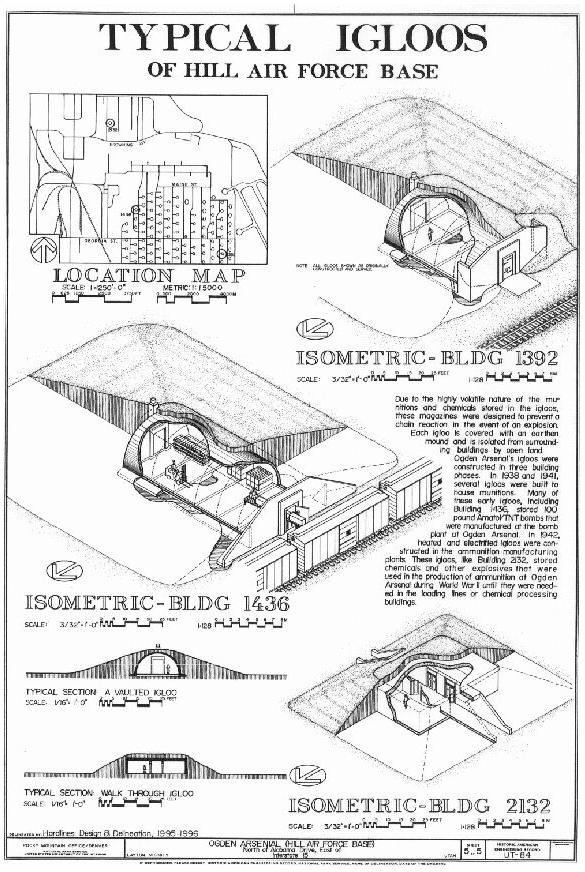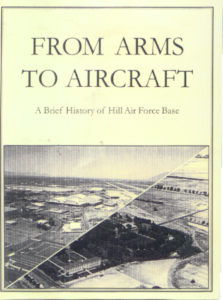(originally posted by Charissa Durst on March 13, 2015)
2015 is a special year for Hardlines Design Company. Twenty-five years ago, Charissa Durst and Don Durst founded our company, never imagining the places it would take them and the people they would form relationships with. Throughout the year, our blog will highlight some of the special projects we’ve completed over the last 25 years. Read on for a sample!
The Ohio History Connection Commissions HDC with a Historic Structure Report

The Ohio History Connection (formerly the Ohio Historical Society) awarded HDC a contract to prepare a Historic Structure Report (HSR) of the Locktender’s House at the Lockington Locks Historic Site in Lockington, Shelby County, Ohio. The HSR will support the client’s efforts to obtain funding to complete the restoration and stabilization of a bypass spillway that lies between Lock 1 and the house, and to restore the house to its 19th century appearance. This site is the highest point of the Miami and Erie Canal. Construction on the canal started in 1831, and the canal was in active operation between 1845 and 1877. The village of Lockington (originally Lockport) was specifically founded in 1837 as construction on the Miami and Erie Canal moved north from Piqua. The Locktender’s House was the residence of the lock master during the period of operation for the canal. The lock master was in charge of overseeing the locks, including operation and maintenance.
The project is particularly challenging since very little documentation exists for the property. HDC staff field measured the building in order to produce CAD plans and elevations, and constructed a history of alterations through physical inspection and interviews with long-time nearby residents. This project is of special interest to company president Charissa Durst, who, as a graduate student, completed a design studio project at the site and inventoried several buildings in nearby Piqua for an architectural history class.
25 Years of Hardlines: A Look Back at HDC’s Work at Hill Air Force Base
In the spring of 1993, the National Park Service in Denver issued a request for proposals to prepare a Cultural Resources Management Plan (CRMP) for Hill Air Force Base in Utah. HDC had recently completed a similar project at the Naval Submarine Base in San Diego, and decided to submit a proposal. We were in the process of wrapping up the fieldwork for the documentation of the River Street Historic District in San Jose, California, which is why President Charissa Durst ended up writing and submitting the proposal from her aunt’s house in Lafayette, California, and made the discovery that back then, Federal Express offices in the Pacific Time Zone close way earlier than those in Eastern Time Zone!
The Hill AFB project involved inventorying all buildings/structures on the base that were 50 years of age or older. In the end, we completed 396 State of Utah inventory forms. The base originally consisted of two installations that later merged: Hill Field and the Ogden Arsenal. The buildings on the Hill Field side were fairly typical Army Air Corps facilities associated with World War II. The Arsenal buildings, however, were very interesting. They dated back to the 1920s and were designed to store explosive ordnance. The buildings included underground igloos, above-ground munitions magazines, and a railroad complex to move the ordnance around the base. We also encountered two civilian buildings associated with the Uintah Pipeline Company and the Wasatch Gas Company built in the 1930s.

In addition to the inventory forms, HDC was also tasked with preparing National Register of Historic Places district nominations for two potential Historic Districts: Hill Field and Ogden Arsenal. After completion of the base scope, the National Park Service commissioned HDC to prepare Level I HAER drawings of the more significant buildings. HDC ended up documenting three buildings associated with Hill Field and seven associated with the Ogden Arsenal.


HAER drawing of the various ordnance igloos on the base and cover of popular history.
After completion of the HAER documentation, the Air Force commissioned HDC to prepare a popular history titled From Arms to Aircraft. The historical text was prepared by a local university, which HDC incorporated into the book along with the HAER drawings and photographs. The book proved to be very successful and for many years was given to employees when they retired from the base.
Donut’s Christmas Sweater
Back when Bagle the Beagle and Sadie the Beagle roamed the office, they would each receive a Christmas goodie bag of rawhide treats. Although rawhide is reputed to cause dogs to become aggressive, we never had a problem with Bagle or Sadie. Donut, however, definitely became aggressive over rawhide treats, proving that it isn’t just an urban myth. As a puppy, she really liked rope toys (Bagle refused to touch them) and toys where she had to unscrew parts in order to get to the treat, which she figured out in 5 minutes. These days, we just get her clothing, such as bandanas, sweaters, and coats. Bagle refused to wear even a bandana, but Donut seems to prance around to show them off. We figure it’s because she has long legs for a beagle so the bandana doesn’t trip her. This holiday season, Donut received a bright green “Snoopy” sweater, just in time for the sub-zero temperatures in January!


